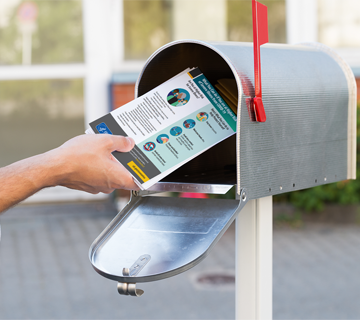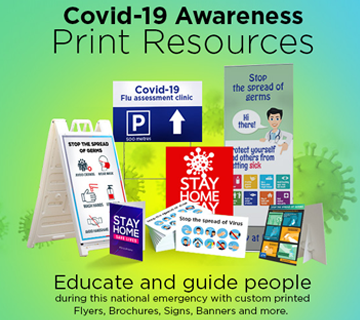When it comes to illustration, everyone has their own personal style. And across your career, developing that style and making it more representative of your own ‘inner voice’ should of course be your main priority, rather than slavishly following trends.
But that said, it’s still fascinating to see what’s happening in the wider world of illustration, and what kind of work is actually getting commissioned. So in this post, we round up 6 hot trends in illustration we’ve noticed spring up over the last 12 months.
If there’s a trend you think we’ve missed, though, please let us know in the comments below!
01. VR

2016 has truly been the year of VR, and even illustrators have got in on the game, with the likes of Simon Silsbury sketching on a wall and then hopping straight into a HTC Vive headset to recreate the same live illustration (see the results in this video). We also saw Christoph Nieman transformed his cover illustration for The New Yorker magazine into a 360 degree VR animation, while new software such as Quill for the Oculus Rift provided a way for digital illustrators everywhere to conjure up new worlds by drawing and painting in mid-air.
02. Abstract

In many ways, the world of 2016 felt a little darker and disjointed, and this was reflected in a clear trend towards abstraction, subtraction and the surreal in the cutting edge corners of the illustration world. Examples of the trend can be seen in the weirdly disjointed and freeform work of Chris Harman (above); the blocky, lopsided cartoon characters of Joel Plosz; the ink and watercolour-based soft forms of Eleni Kalorkoti, and the beautifully trashy abstractions of Anna Beil.
03. Lo-fi

Another way to view abstraction is to take a deliberately lo-fi approach to your illustration. And we’ve seen a fair bit of that about this year, from Zoë Taylor’s book Joyride, published by Breakdown Press (above) to Paula Bulling’s gloriously childlike colour-pencil drawings for Leibniz Magazine, the moody monoprints of Yann Kebbi and Marcus Oakley’s illustrated Instagram experiments.
04. Political

2016 has been a year dominated by political upheaval, and illustrators have responded in full voice. Mark Leibovich’s illustration for the New York Times Magazine feature “Will Trump Swallow the G.O.P Whole?” was among those getting the most attention (you can read more about how that was put together here).
But there were countless others, with Bob Staake’s brick wall illustration for The New Yorker following Trump’s victory; an anti-Brexit poster campaign from a range of top illustrators, Eva Bee’s evocative illustrations for The Guardian, and Oliver Kugler’s heartbreaking illustrated tales of Syrian refugees leading the way.
05. Collage

Inventive and eye-catching collages seem to be proving an increasingly popular way for illustrators to raise attention for themselves on Instagram. We’ve particularly enjoyed the simple but artful work of Taku Bannai (above); the collage comics of Samplerman, the lo-fi creations of Jean Philippe Calver, and the gorgeously handcrafted work of Carlin Diaz.
06. Naughtiness

A new generation is emerging for whom hardcore porn and obscene pics on social media are more likely to evoke a shrug than shock. So it’s not surprising that illustration that veers towards to the saucy and scatalogical is abounding. Examples of the trend can be seen in the work of Brooklyn illustrator Cute Brute (above), Joe Schlaud’s seedy Karma Sutra gifs, Teresa Orazio’s Moonmambo series, Jade Shulz’s collection of Video Vixen drop caps and Josh McKenna’s global warming campaign for Mother London.
SOURCE: Tom May















